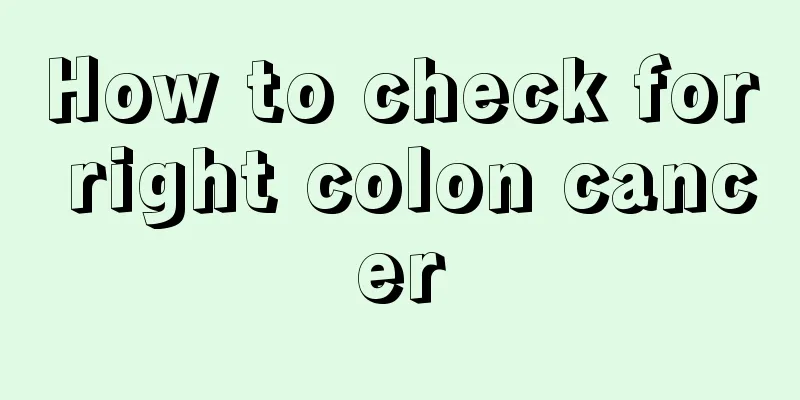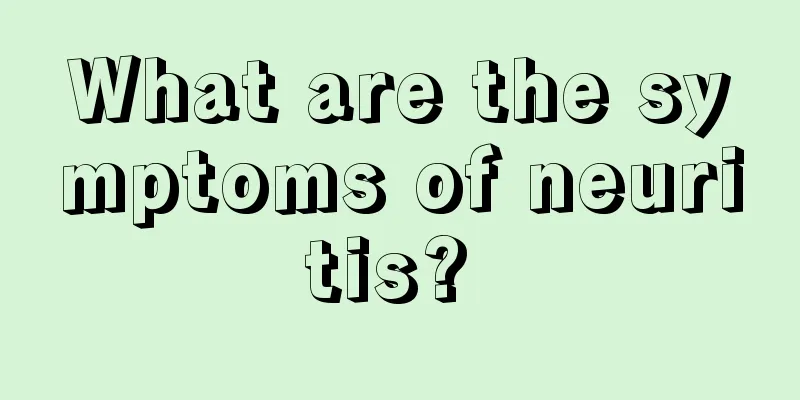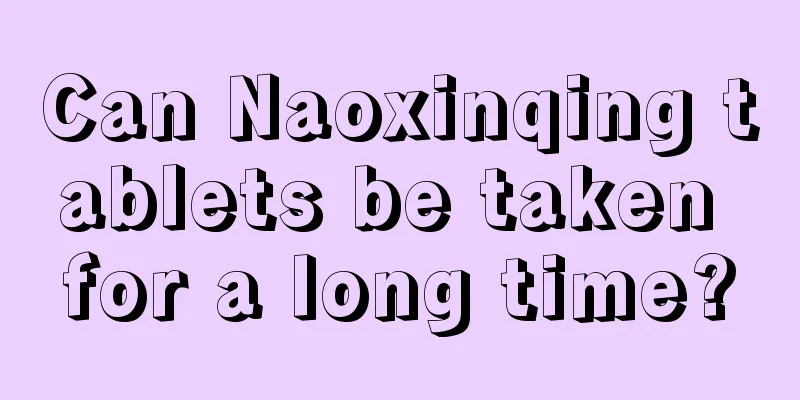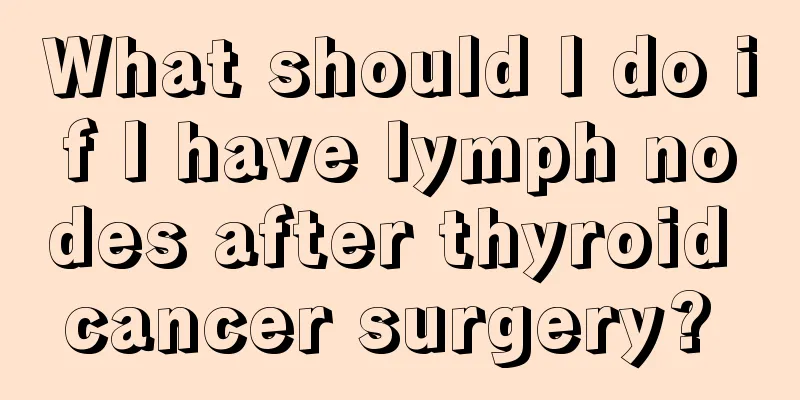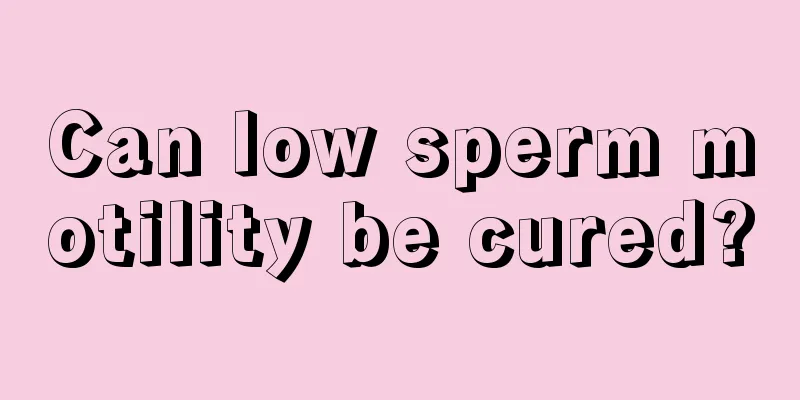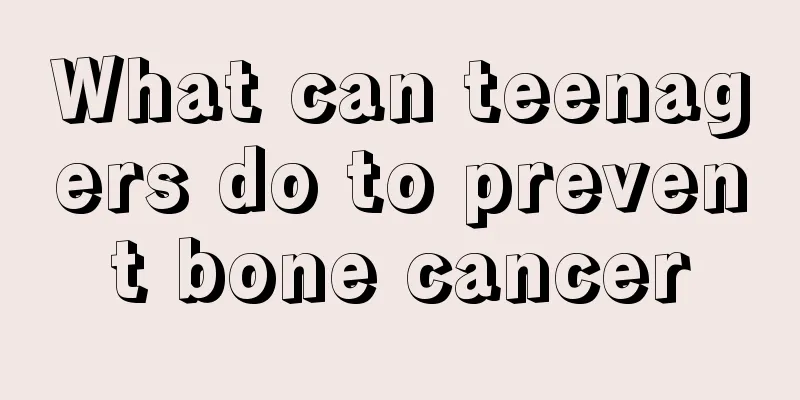Radioactive iodine treatment for hyperthyroidism
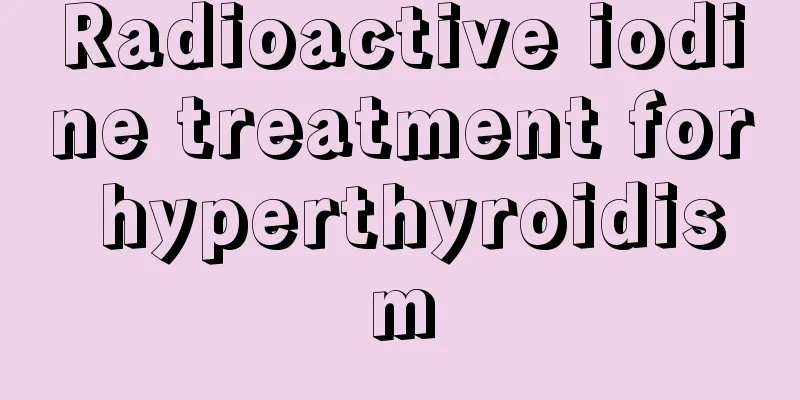
|
Many people are not very familiar with the use of radioactive iodine to treat hyperthyroidism. Hyperthyroidism was quite common in the past, mainly due to iodine deficiency in food. Now, fewer people suffer from this disease, mainly due to the addition of iodine, a trace element, to salt. There are principles for using radioactive iodine to treat hyperthyroidism. Let us now learn more about the relevant knowledge about using radioactive iodine to treat hyperthyroidism. Radioactive iodine-131 was first used to treat hyperthyroidism in 1942 and is an effective antithyroid drug. Thyroid cells have a special affinity for iodide. After taking a certain amount of 131 iodine orally, it can be absorbed in large quantities by the thyroid gland, and the damaging radioactive 131 iodine can be implanted into the thyroid tissue. When 131 iodine decays into 131 xenon, it can emit beta rays (accounting for 99%) and gamma rays (accounting for 1%). The effective range of the former is only 0.5 to 2 mm, and it can selectively destroy the thyroid alveolar epithelium without affecting the adjacent tissues. The thyroid tissue can be exposed to long-term concentrated irradiation, and the glands are gradually necrotic after being destroyed and replaced by non-functional connective tissue, thereby reducing the secretory function of the thyroid gland and curing hyperthyroidism, achieving a purpose similar to subtotal thyroidectomy. Therefore, some people call the treatment of hyperthyroidism with 131 iodine "medical thyroid surgery." Scope of application Patients with hyperthyroidism who meet any of the following conditions can be treated with radioactive iodine-131: ① Patients with diffuse thyroid enlargement and hyperfunction. ② Combined with serious organic diseases, such as heart disease, chronic nephritis, hypertension, cirrhosis, chronic bronchitis, Patients with severe diabetes, mental disorders and organic diseases of the nervous system. ③ Those who have undergone thyroidectomy and have recurred; because the reoperation will be more likely to injure the recurrent laryngeal nerve or parathyroid glands. Treatment with 131 iodine is safer and is suitable for those who are unwilling or unsuitable for surgery. ④ Those who have poor response to long-term antithyroid drug treatment, have repeated relapses of the disease, or are allergic to the drugs and are not suitable for drug treatment. ⑤ Patients with severe exophthalmos (most exophthalmos are alleviated after 131 iodine treatment). ⑥ Patients with hyperthyroidism and chronic lymphocytic thyroiditis with increased I131 uptake rate. ⑦ Patients with hyperthyroidism and leukopenia or thrombocytopenia. ⑧ Patients with hyperthyroidism and atrial fibrillation. Preparation before treatment Hyperthyroidism is treated with radioactive iodine. The following preparations should be made in advance: ① Avoid using iodine preparations and other iodine-containing foods or medicines 2 to 4 weeks before taking 131 iodine. ② The patient's condition was serious before 131 iodine treatment, and the heart rate exceeded 160 beats/minute. For patients with more serious conditions, antithyroid drugs should be used first. Or treatment such as propranolol, and 131 iodine treatment can be used only after the symptoms are alleviated. ③ Patients using antithyroid drugs need to stop taking them. Methimazole should be stopped for about 3-5 days, and propylthiouracil should be stopped for 2 weeks. Then the iodine-131 uptake rate is measured, and then iodine-131 treatment can be used. ④ Perform routine blood and urine tests to understand the functions of major organs. ⑤ Perform thyroid 131 iodine uptake rate or thyroid scan to calculate drug dosage. ⑥ Explain to the patient the relevant precautions of iodine-131 treatment. ⑦ A few days before and after taking 131 iodine, the patient should rest in bed and avoid strenuous activities. Treatment Effects If the patient and doctor cooperate with each other in treating hyperthyroidism with 131 iodine, the effectiveness rate is usually over 90%. After taking the medicine, the effect will appear in 3 to 4 weeks, and then the symptoms will be alleviated month by month, the thyroid gland will shrink, and the weight will increase. In 3 to 4 months, most patients can reach normal thyroid function levels. In a few patients, the effect of 131 iodine is relatively slow, and the symptoms may not gradually improve until 6 months of medication. Some cases may take 6 months to a year to achieve relief, about 2/3 of cases can be cured in one treatment, and 1/3 of cases require 2 or more courses of treatment. Generally, about 50% to 80% of patients are cured in one course of treatment, about 20% to 40% are cured in two courses of treatment, and very few patients need a third course of treatment. Therefore, patients who use 131 iodine to treat hyperthyroidism should not just take the medicine and leave. Instead, they should visit the doctor for follow-up visits, observations, and adjustments or decisions on the next treatment plan at regular intervals. Precautions In order to obtain the best therapeutic effect, you must pay attention to the following aspects after taking the medicine: ① Take 131 iodine on an empty stomach for 2 hours before eating to avoid affecting the absorption of iodine. ② After taking 131 iodine, the therapeutic effect usually begins to appear after 3 weeks, before the clinical symptoms begin to improve. It is not advisable to use iodine, bromine and antithyroid drugs at will, so as not to affect the reabsorption of 131 iodine and reduce the efficacy. After treatment Follow a low-iodine diet for the first 2 months and do not eat marine plants such as kelp and laver. ③ Patients should pay attention to rest within two weeks after taking the medicine, avoid strenuous activities and mental stimulation, and prevent infection. ④ Since radiation thyroiditis symptoms such as itching and pain in the neck can be seen in the early stages of 131 iodine treatment, Palpation or compression of the thyroid gland should be avoided. ⑤ Remember the doctor’s contact number and contact him at any time if you have any questions. ⑥ Follow the doctor’s advice and go to the hospital for regular follow-up visits. Exophthalmos worsens after treatment Severe progressive exophthalmos can occur spontaneously or after subtotal thyroidectomy, but exophthalmos is less common after iodine-131 treatment. 131Iodine can improve exophthalmos in most patients (reported to be about 70%) after treatment, and only in a few cases will exophthalmos worsen. It is generally believed that 131 iodine can gradually reduce thyroid function, so the pituitary gland's thyrotropin or exophthalmos-producing substances will not increase suddenly. Therefore, some scholars believe that hyperthyroidism patients with obvious exophthalmos are indicated for treatment with 131 iodine. |
>>: There is a raised hard lump on the back of the head
Recommend
How to wake up quickly from sleepiness
Normal people should get enough sleep every day t...
What's going on with the burning sensation in my chest?
The burning sensation in the chest is like eating...
Which acupoint can control your appetite?
The triggers of hunger and cravings are different...
How to care for ovarian tumors and recover quickly
Ovarian tumor patients often experience many adve...
Is ligation painful? Is ligation surgery painful?
In the life of both sexes, the most common proble...
When is the best time to take Chinese medicine? Time to take Chinese medicine
There are certain taboos when taking traditional ...
Experts analyze the causes of renal cancer metastasis for everyone
It is very beneficial for kidney cancer patients ...
Which flower produces the best honey
We all know that honey brewed from different flow...
How to wash off the printing ink
A common problem for office staff is that when co...
Interstitial fibrous tissue hyperplasia
Interstitial fibrosis is a manifestation of thyro...
How can office workers protect their kidneys
The pace of social life is very fast nowadays, an...
What should I do if there are bugs in the rice bag
In life, if many people buy a lot of rice at home...
Symptoms of gastric bulb ulcer
There are many patients with stomach problems in ...
What is the best medicine for osteosarcoma
Although surgical treatment is one of the more co...
What fruits are suitable for kidney stones?
Kidney stones are a stubborn disease, so the frui...
